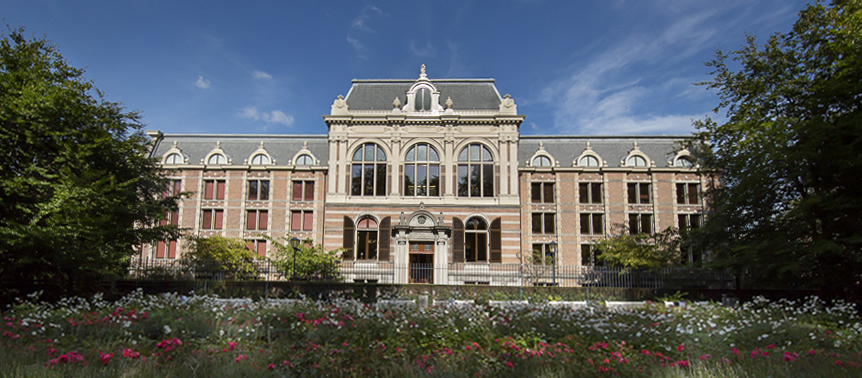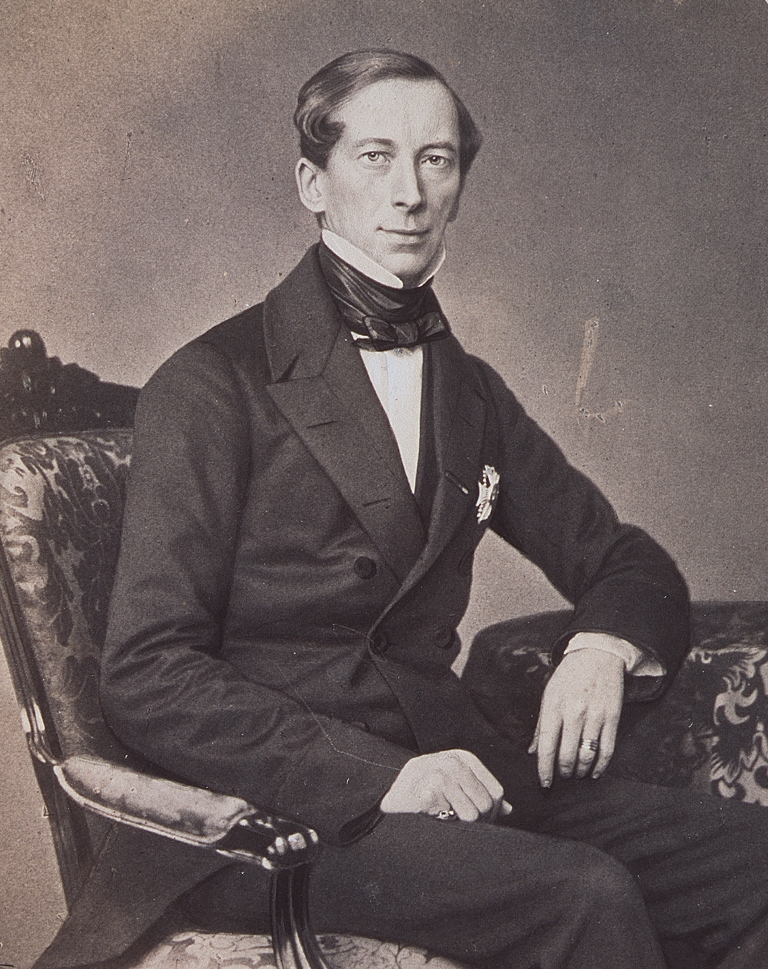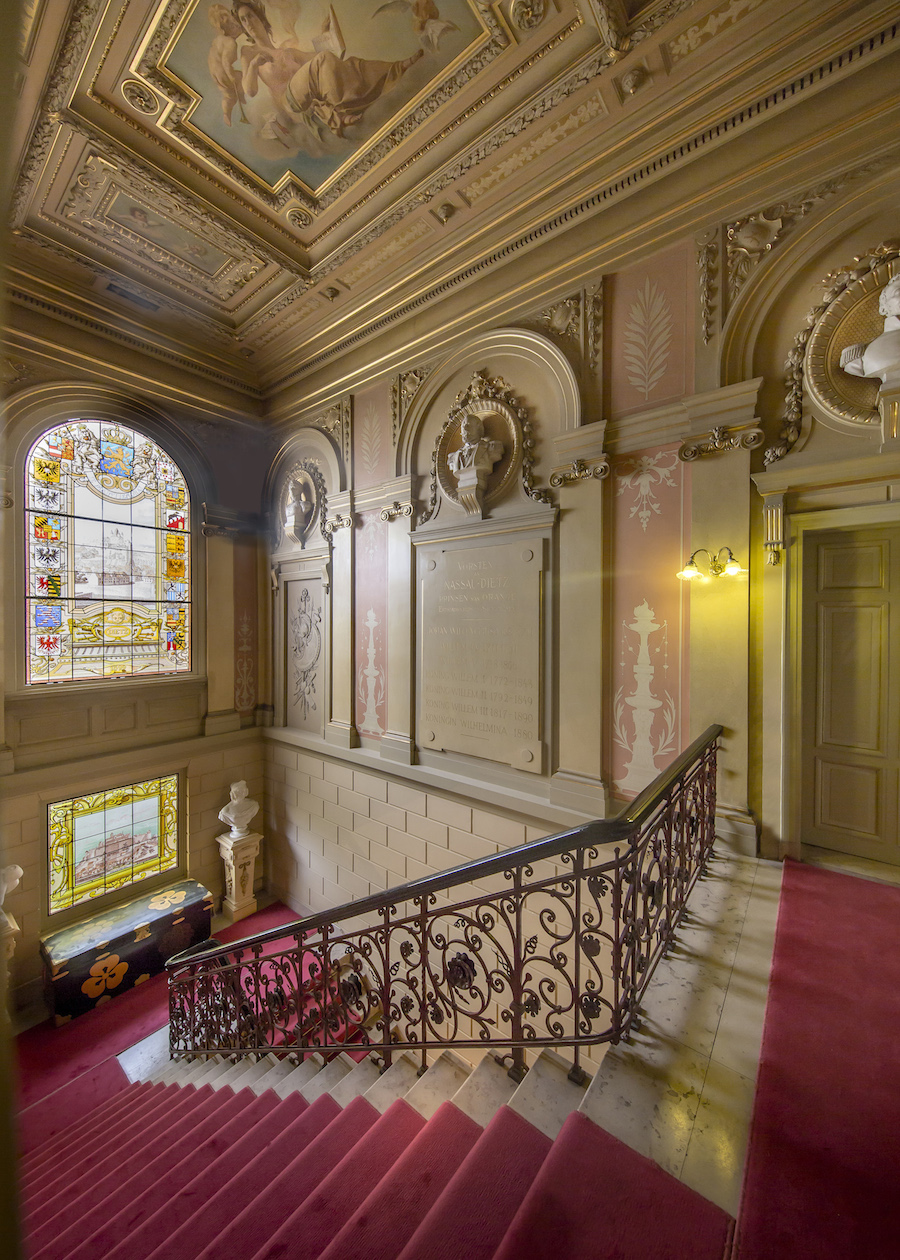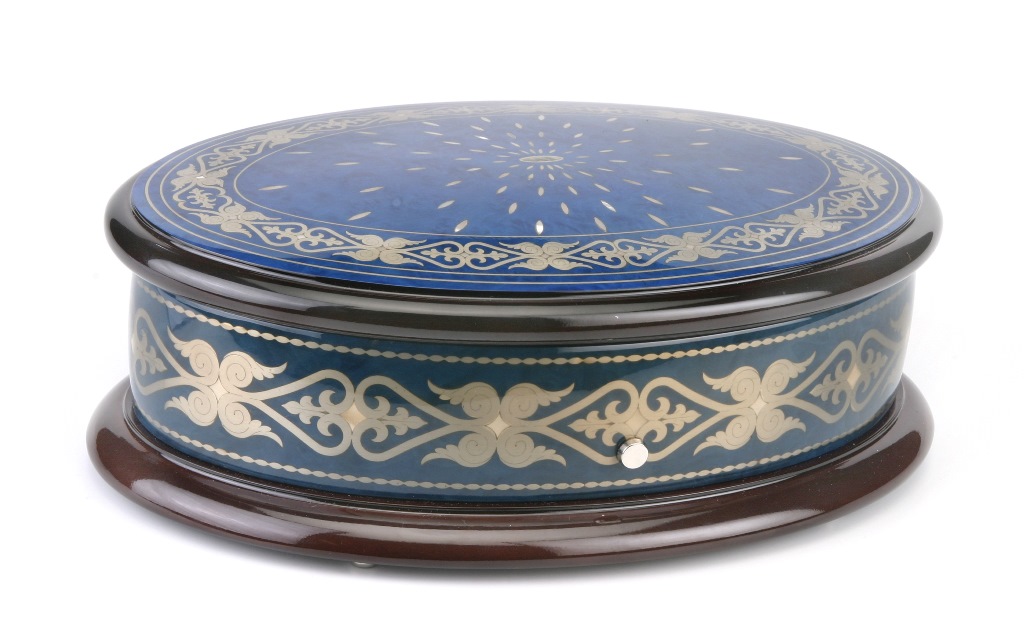The Royal Collections of the Netherlands can be seen as the accumulation of objects and sources of information that members of the houses of Nassau and Orange-Nassau, and people around them, have gathered and kept over many centuries. They are private possessions that are now managed by a number of foundations. The collections reflect the history of the Dutch royal family from its origins in the German nobility. As such, they are the Dutch counterparts of such collections as the Royal Collections in Windsor and the Historiske Samlinger in Copenhagen.
The great majority of the collections of the House of Orange-Nassau are managed by the Royal Collections of the Netherlands, one of the departments of the Royal Household. Its director is an officer of the Household. He is also responsible for the public activities of Koninklijk Paleis Amsterdam, including its opening to visitors and the exhibitions and symposia held there.

Integrated heritage management
Because of the special role played by the House of Orange-Nassau in Dutch society, past and present, many of the items in the Royal Collections of the Netherlands are closely associated with important events and periods of Dutch history, during the eras of the Republic of the United Netherlands and – since 1815 – the Kingdom of the Netherlands . The archives, library works, documentation and photographs held in the Royal Collections of the Netherlands provide a wealth of information about this history, and thus also about the collections themselves. By applying a policy of integrated heritage management, it is possible to show the significance of the members of the House of Orange and to study their collections in their original context. As such, the Royal Collections of the Netherlands can be identified as an institution that is important to the history and art history of the Netherlands, where information and works of the fine and decorative arts are managed as a coherent whole and can be studied. In this sense the Royal Collections of the Netherlands complement such institutions as the Nationaal Archief for archives; National Museum Paleis Het Loo, for the fine and decorative arts; and the Koninklijke Bibliotheek, for books and documentation.

Origins and opening
In 1825, realising the national importance of the written heritage of the House of Orange, King William I entrusted its management to professional archivists. The best known of these, between 1831 and 1871, was the historian Guillaume Groen van Prinsterer L.L.M., who for much of this period combined the role of archive manager with his position as Director of the King’s Cabinet. Even in the nineteenth century, there was a policy of opening important sections of the archive. This resulted in the publication of a long series of source lists.
The building
At first, the Royal Collections of the Netherlands were scattered across multiple locations in The Hague. In 1898, however, a dedicated Royal House Archive building was built in the grounds of Noordeinde Palace at the instigation of Queen-Regent Emma. In 1993 Princess Juliana transferred ownership of the building to the 'Stichting Historische Verzamelingen van het Huis Oranje-Nassau', a move which reiterated the private nature of the collections and the building that housed a considerable part of them. Following the addition of two underground repositories a century after its original construction, this building today accommodates all the archives, much of the library, the documentation and the photographic collection.
Only a small part of the fine and decorative arts collections are found here, though. Most of the thousands of objects in these categories are part of the furnishing in various palaces or on long-term loan to museums such as National Museum Paleis Het Loo. Others are lent out on a short-term basis for exhibitions in the Netherlands and abroad. In 2014 the Royal Collections of the Netherlands loaned 1115 items for this purpose, making us one of the Netherlands’ most important lenders of temporary museum exhibits.

Gifts
One special category comprises the numerous gifts presented to the king, the queen and other members of the Royal House by official bodies and private citizens. Over the years these have accumulated to form a collection reflecting the affection so many people have shown, and still show, towards members of the House of Orange-Nassau. This is by far the fastest growing sub-collection.
The Royal Collections of the Netherlands in 2015
By no means all the products and services supplied by the Royal Collections of the Netherlands are labelled as such. Quite rightly, authors publish their works and museums organise exhibitions under their own names. But these communications have often been substantially enriched by information or objects from the Royal Collections, and thus they represent an important showcase for these collections. In order to increase the visibility and use of the Royal Collections of the Netherlands, in 2014 the trustees of their various foundations, who include King Willem-Alexander and Queen Máxima, took the initiative to launch this website. As well as general information about the collections, the website provides online access to one of the Netherlands’ most fascinating private heritage resources at different levels and in a number of different ways. It goes without saying that the launch was only a first step: an item that was added to the site today may be supplemented with new information tomorrow.
